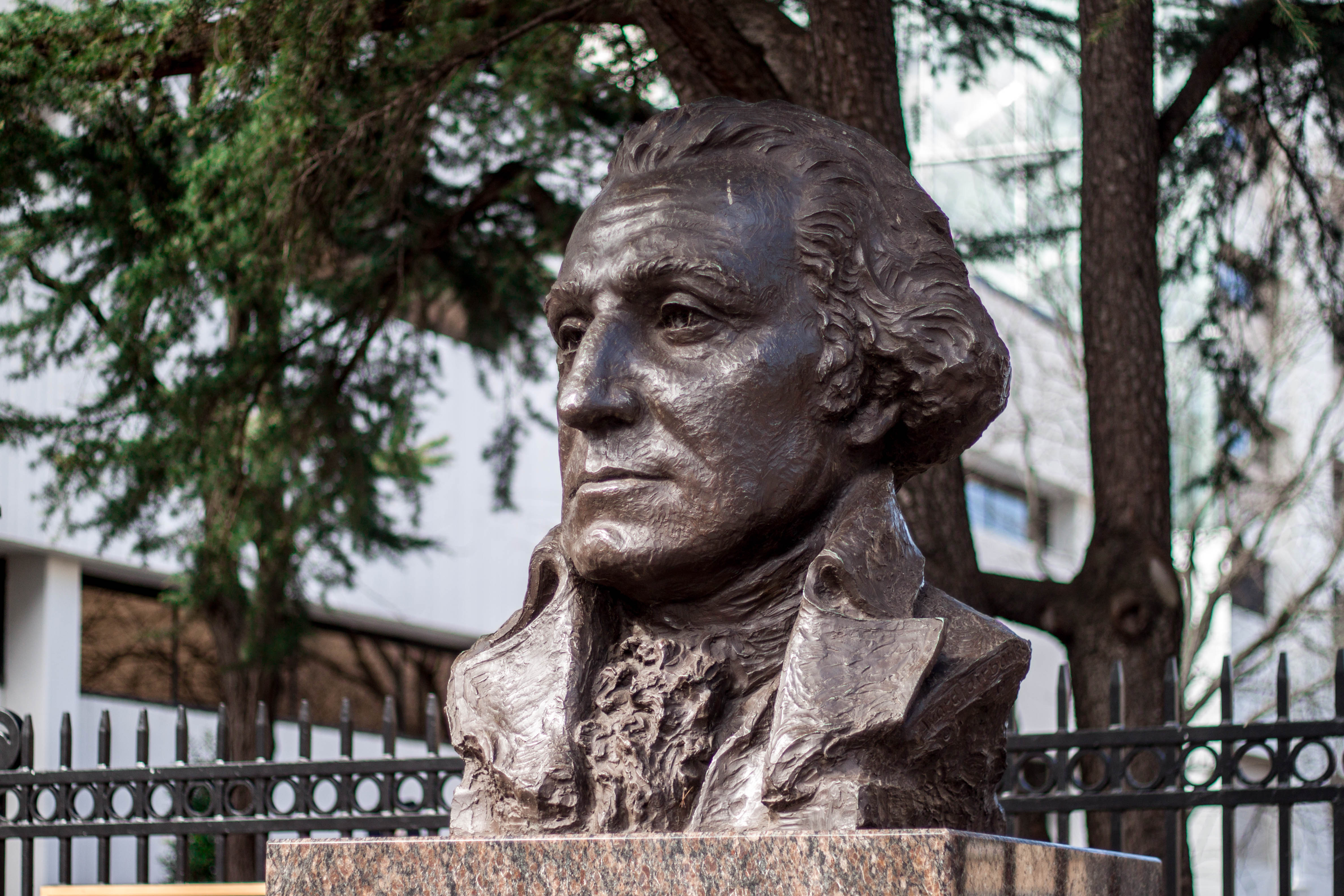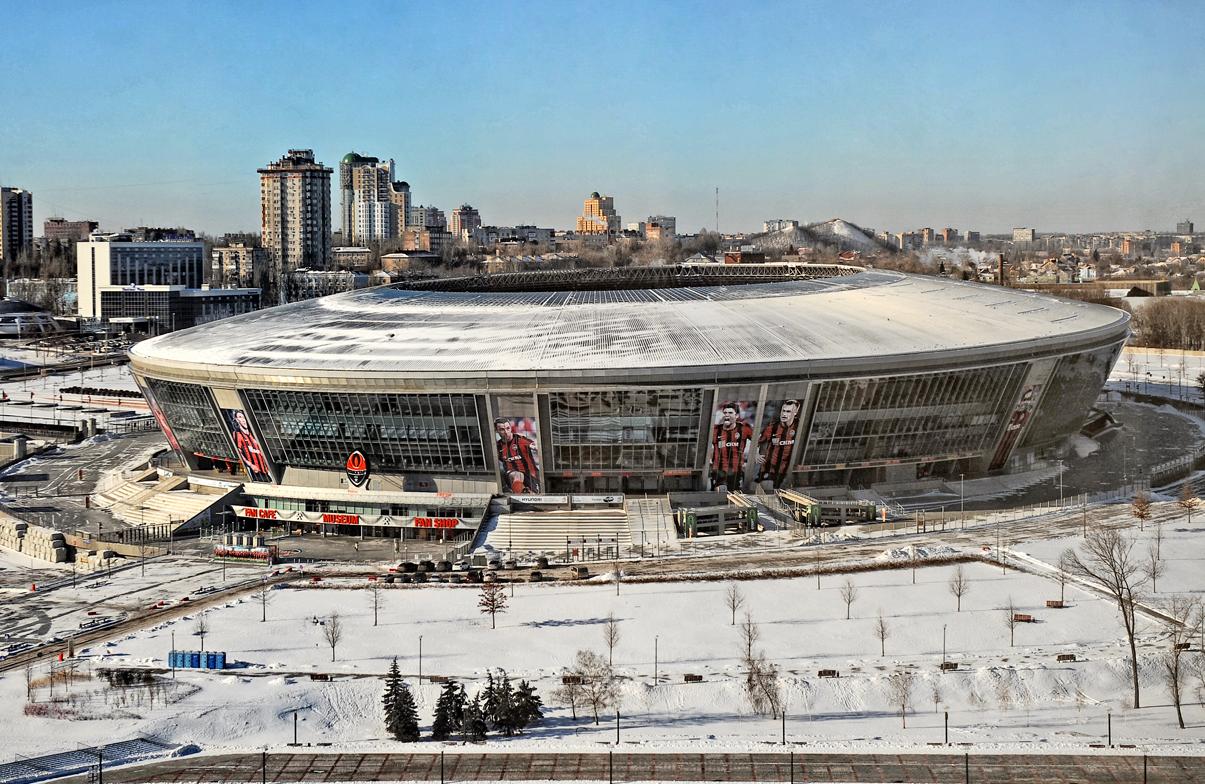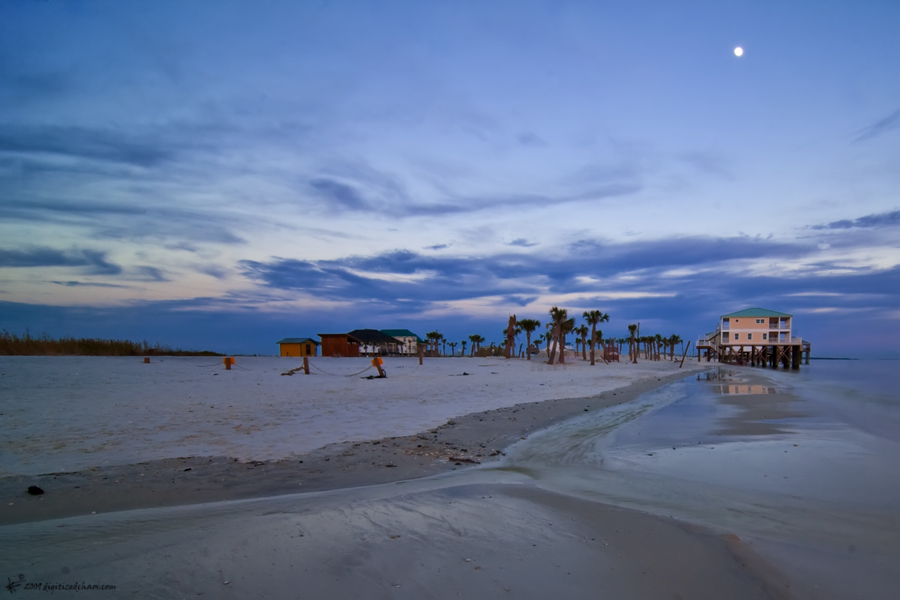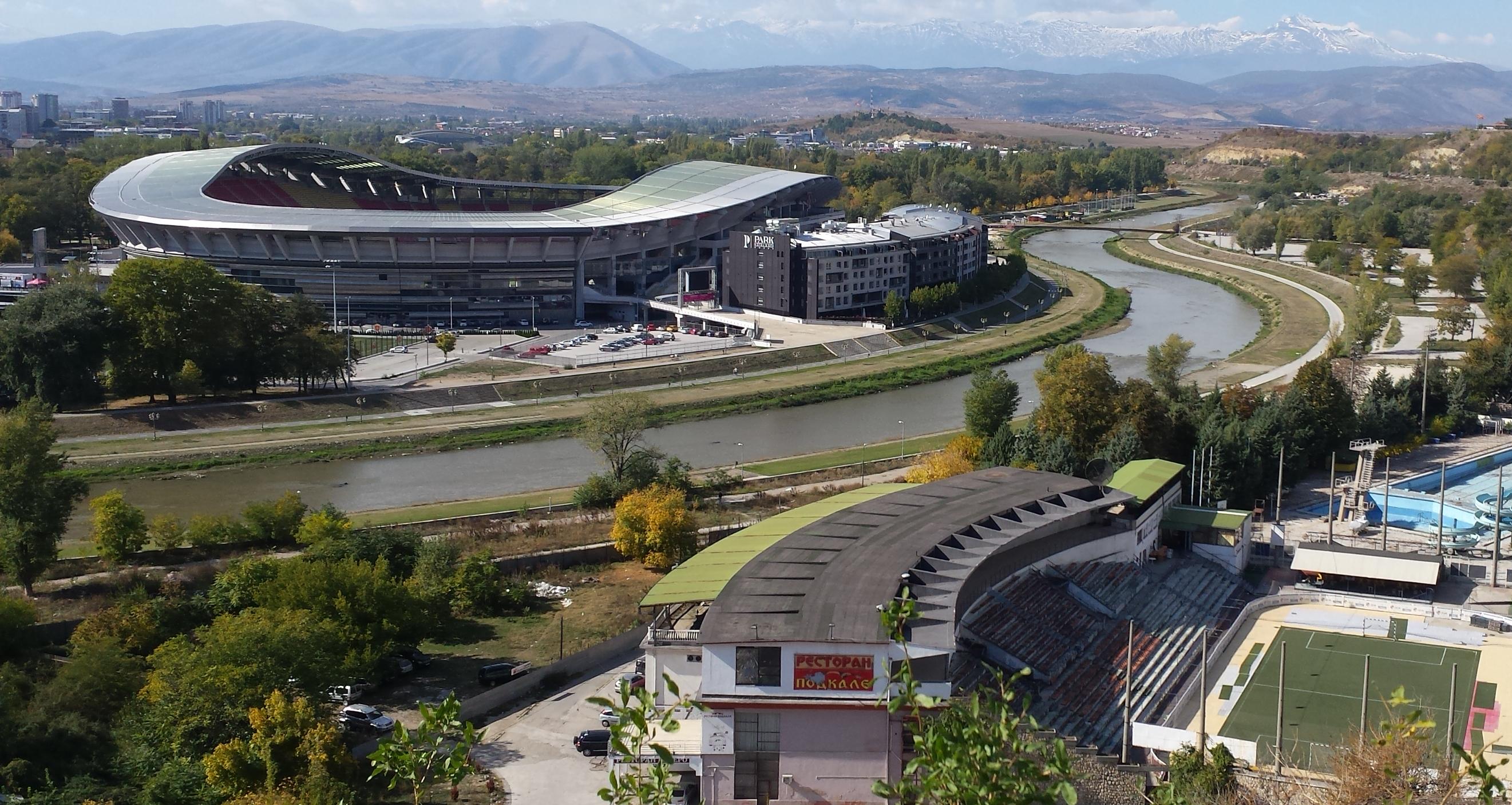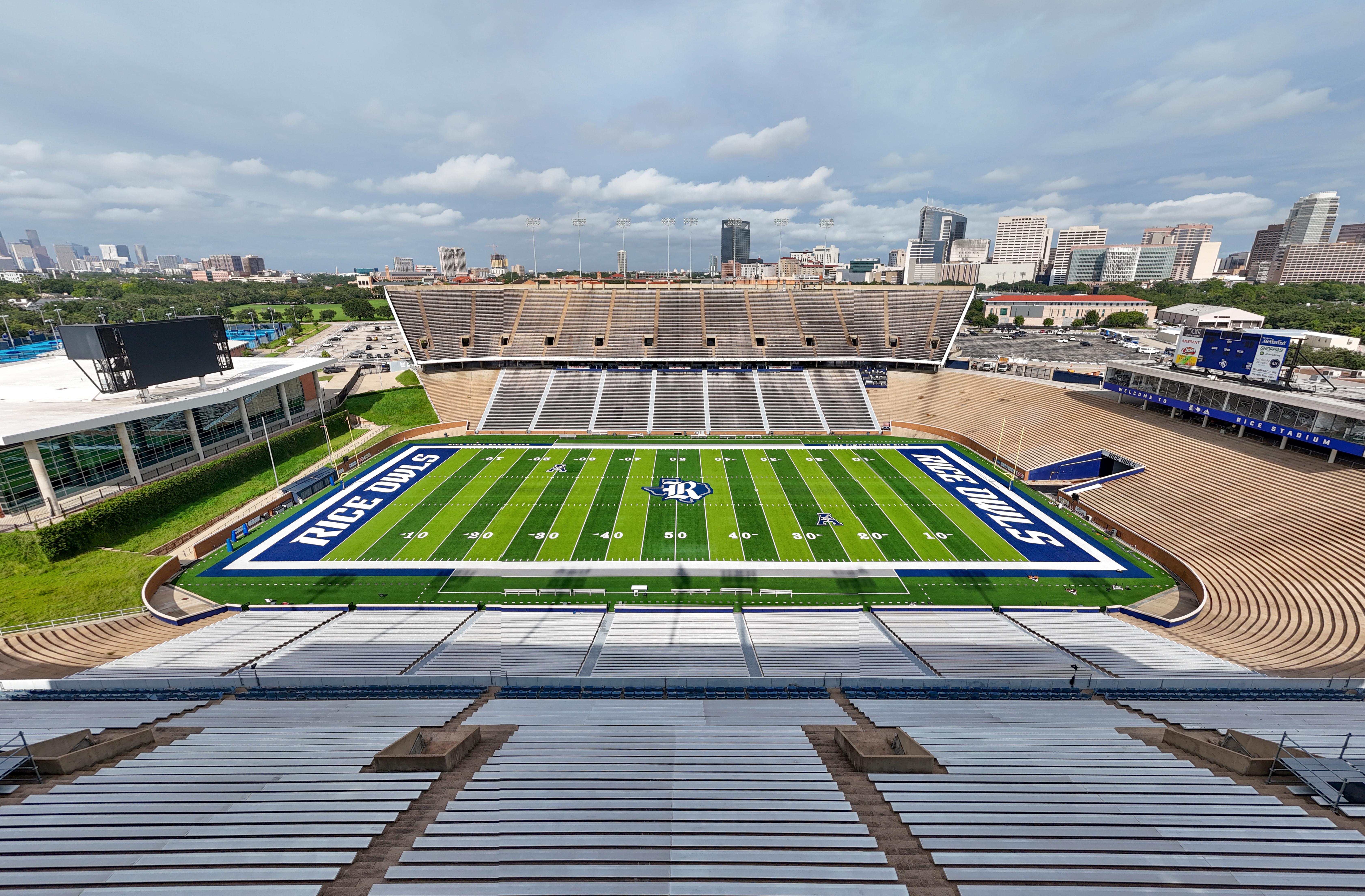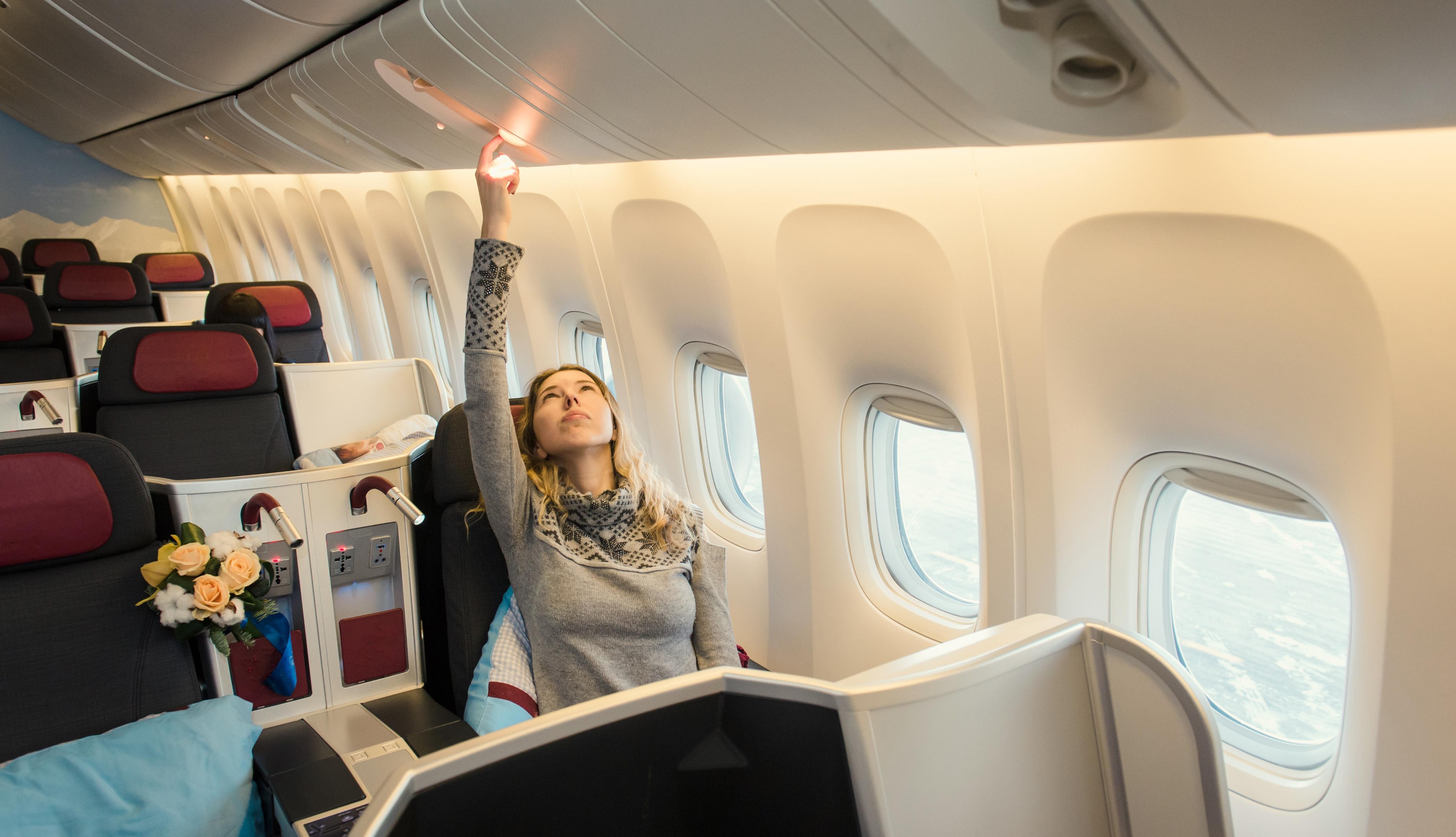Olympic Stadiums That Now Serve Completely Different Purposes
Olympic stadiums are built to dazzle—to host world records, roaring crowds, and moments that etch themselves into history. But once the flame is extinguished and the athletes go home, what becomes of these monumental arenas? Some fall into eerie disrepair, relics of ambition left to crumble. Others, though, embark on second lives that are just as fascinating as their Olympic debut. In this expanded guide to 28 Olympic Stadiums That Now Serve Completely Different Purposes, we uncover the surprising afterlives of these iconic venues. From concert halls and shopping malls to public parks and research labs, these transformations reveal how cities reimagine legacy. These aren’t just structures—they’re stories in motion, proving that the spirit of the Games can live on in wildly unexpected ways. Whether reinvented or reclaimed, each stadium reminds us that greatness isn’t just in how you start—but how you adapt.
1. Montreal’s Olympic Stadium (1976) – Now a Biodome & Urban Farm

Original Purpose: Hosted track and field, football (soccer), and the opening/closing ceremonies of the 1976 Montreal Olympics. New Purpose: An indoor rainforest, ecosystem exhibit, and urban farm. Montreal’s Olympic Stadium—infamous for its runaway construction costs and long-term financial struggles—has found new life as a biodiversity hub. Part of the stadium complex has been transformed into the Montreal Biodome, a living ecosystem exhibit that allows visitors to experience the flora and fauna of different environments, from tropical rainforests to polar tundras. Additionally, portions of the stadium have been repurposed into an urban farm, where sustainable agriculture projects cultivate fresh produce for local communities. This transformation reflects a shift from athletic excellence to environmental consciousness, breathing new life into a structure that once symbolized Montreal’s economic burden.

